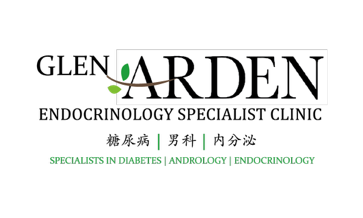HYPOGONADISM
HYPOGONADISM
Hypogonadism is clinical state where sex hormone (testosterone) levels are low in men. Testosterone is essential in maintaining muscle bulk and strength and in reducing fat mass. It is an important component regulating sexual function in men.
An array of complications may arise from testosterone deficiency if left untreated. Apart from subfertility, poor bone health and a poorer quality of life, low testosterone levels are strongly associated with obesity and the development of diabetes. Severe cases have been linked with higher mortality from cardiovascular disease.
How do I suspect that I may be lacking in testosterone?
Your testosterone may be low if you are experiencing these symptoms:
· lack of morning erections and sexual fantasies
· poor erectile function
· low mood
· low energy levels
· unexplained sensation of warmth and facial flushing
· unexplained sweating
You may also be at risk of low testosterone if you are overweight, had previous brain surgery or irradiation or encounter difficulty fathering children. Bodybuilders and athletes exposed to anabolic steroids may also be at risk.
Why do I need to see an endocrinologist to check on my testosterone?
Effective treatment is available to reverse hypogonadism. Various forms of treatment that are simple, safe and effective are readily available for men with testosterone deficiency that will restore your confidence and quality of life. Aside from testosterone therapy, treatment can also be directed at stimulating your gonadal axis or reversing the imbalance between male and female hormones. Weight reduction techniques can also improve testosterone levels.
Successful treatment improves your quality of life, bone health, fertility and lowers your risk of developing diabetes and heart disease.
We understand that many men are shy to discuss the symptoms they experience. However, there is absolutely no need to suffer in silence. At Gleneagles, we value your need for privacy and confidentiality. Your androgen status may be easily assessed through an interview, physical examination and a series of morning blood tests.

